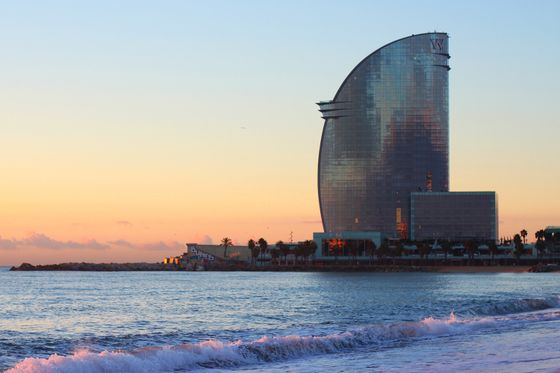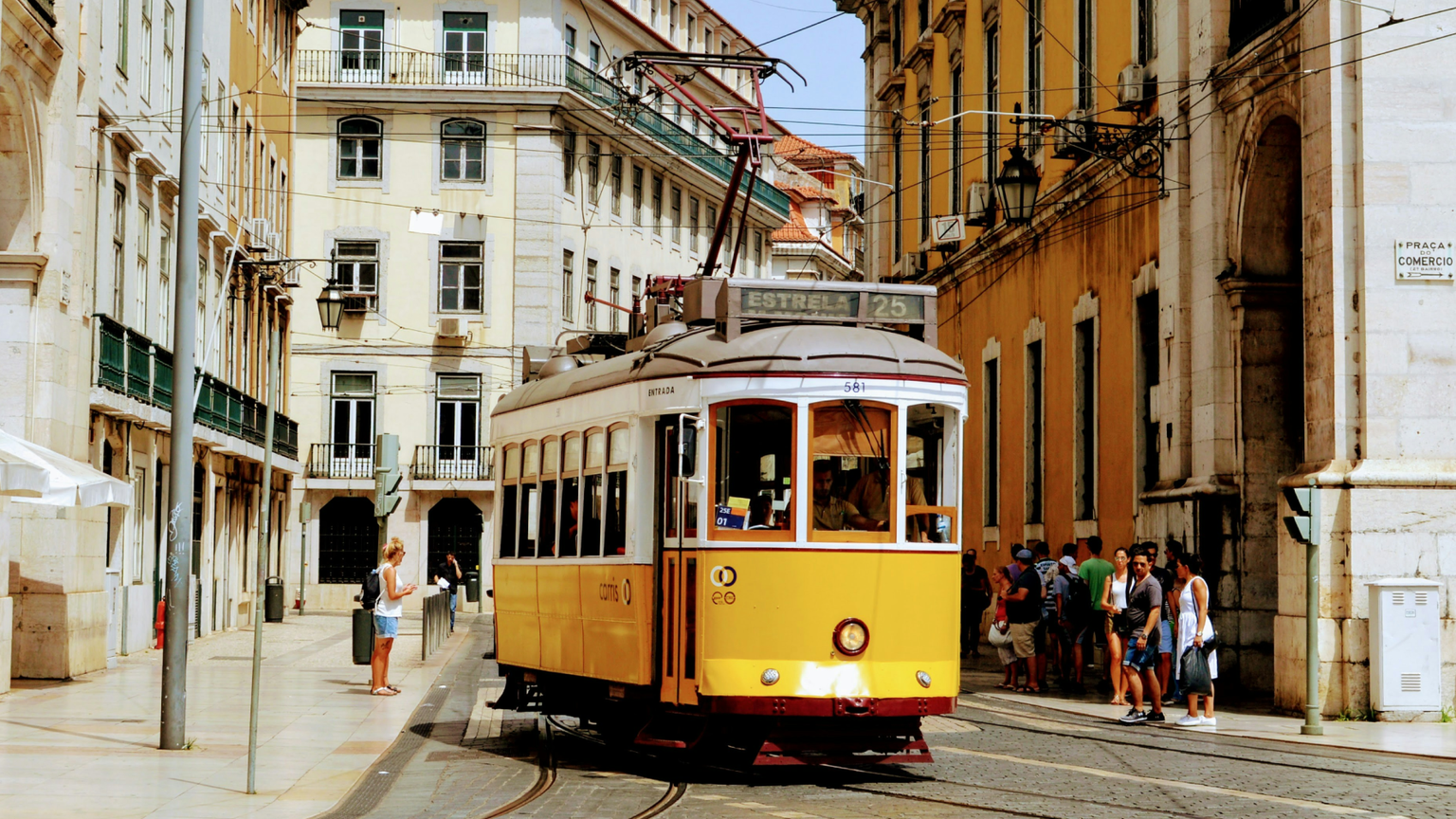
Sidequest: Leather Thrifting in Florence
We hit the shops in Italy to thrift the perfect vintage leather jackets and accessories. Here’s everything we learned, and how you can do the same.
Let’s be real: who hasn’t fantasized about casually strolling through the cobbled streets of Florence and stumbling upon the perfect vintage leather jacket? If you’ve ever dreamed of owning a beautifully broken-in bag, skirt, or buttery-soft coat straight from Italy—thrifting leather in Florence is the move.
Italy’s got a global reputation for crafting some of the best leather goods on the planet, and Florence is ground zero for the good stuff. But if you’ve ever tried to shop in a foreign country, or just tried to tell the difference between “authentic vintage” and “someone’s pleather jacket from 2012,” you know it can be a lot.
But don’t worry, we’ve done the wandering, the sniff tests, and the try-ons so you don’t have to. Here’s your guide to thrifting leather like a pro in Florence—with tips, some history, and a whole lot of love for Italian craftsmanship.
So… why Florence?
Yes, Florence is the birthplace of the Renaissance. Yes, Michelangelo probably breathed the same air. But it’s also leather heaven.
The city has been famous for leather-making since the Middle Ages, when guilds of artisans made sure every hide was treated like a masterpiece. And that vibe? Still very much alive. Walk around Florence today and you’ll smell it before you see it—that rich, earthy scent of real leather that practically begs you to take it home.
The best part? These aren’t just fashion statements. They’re little wearable time capsules made with skill, soul, and stories.
How to know it’s real (aka don’t get fooled by the fake stuff)
You don’t need to be a leather whisperer to tell real from fake, you just need to have a few tricks up your sleeve:
Check the label: Look for “vera pelle”, which translates to “real leather.” Bonus points if it says “made in Italy.”
Touch it: Real leather feels soft, sturdy, and just a little textured. If it feels like a vinyl raincoat? Hard pass.
Smell it: This is the big one. Real leather has a warm, musky scent. If it smells like a Barbie fresh out of the box, it’s probably plastic.
Look for imperfections: Little wrinkles and unique grain patterns are GOOD. If it looks too smooth and too perfect, it might be synthetic.
The burn test: Some vendors might pull this one out. Real leather burns slowly and smells like burnt hair. Don’t try this yourself, but don’t be surprised if it happens.
Markets or shops? Pick your vibe.
Florence has two main leather shopping worlds: the open-air markets and the tucked-away vintage shops. Both are worth exploring, but they’re very different experiences.
Street markets: Think loud, colorful, and a little chaotic. These are great for budget finds or if you’re in the mood to haggle. But keep your eyes peeled—there’s a lot of fake leather floating around. If a deal seems too good to be true, it probably is. Trust your gut, your nose, and your fingertips.
Vintage leather shops: If you want the good stuff, head into a vintage shop like Melrose Vintage. These places are curated, cozy, and smell like the inside of an Italian fashion editor’s closet. The staff usually knows their inventory inside and out and can help you with sizing (which is a whole thing). Bonus: No crowds, no pressure, and you get to soak in the dreamy old-school vibes while you shop.

The sizing situation (a lesson in trying things on)
European sizing is...a journey. A jacket labeled medium might fit like an extra small. Or vice versa. Moral of the story: always try things on.
Leather molds to your body over time, so a slightly snug fit is okay. It’ll loosen with wear. Just avoid anything that feels like you’re trying to zip yourself into a sausage casing. And while tailoring leather is possible, it’s pricey and not always worth the gamble. Aim for a solid fit from the start.
Pro tip: ask the shop staff. Most are super helpful, and honestly, trying on Italian leather while someone gives you fashion advice in an Italian accent? Not the worst way to spend an afternoon.
Thrifting tips to live by
If you’re serious about finding that perfect piece, keep these in your thrifted Italian-leather bag:
Set a budget: Leather isn’t cheap, even secondhand. Know your limit before your heart falls for a €500 vintage moto jacket.
One great piece > five meh ones: Quality is king. Go for timeless, not trendy.
Inspect everything: Check the seams, linings, zippers, and pockets. Good leather deserves good construction. And remember, someone’s owned it before.
Smell test, always: If it doesn’t have that leather aroma, don’t bother.
Don’t shy away from color: A deep green or bold red might end up being your favorite find of the trip.
It’s not just shopping, it’s culture.
Here’s the thing: thrifting leather in Florence isn’t just about getting a jacket. It’s about experiencing a piece of Italy.
You’re walking the same streets where artisans have crafted leather for centuries. You’re part of a tradition that values craftsmanship over fast fashion, and you’re connecting with a city where style, history, and heritage blend seamlessly.
Like, picture this: You’re sipping an espresso after a morning of browsing vintage racks, your new (old) leather bag slung over your shoulder, the warm Tuscan sun lighting up the Arno River. Florence just does something to you, so embrace it.
Take the leather leap
At the end of the day, thrifting leather in Florence is part treasure hunt, part cultural deep dive, and one of the best gifts you can give yourself. You’ll learn a lot about materials, about history, and probably about your own sense of style.
So, trust your senses. Embrace the chaos. And let your inner fashion archaeologist roam free. That perfect jacket or bag? It’s out there just waiting to come home with you. And when someone compliments your perfectly imperfect Italian leather coat, you’ll get to say, “Thanks, I found it in Florence.”


















































)























)

)
)



)




)

)




